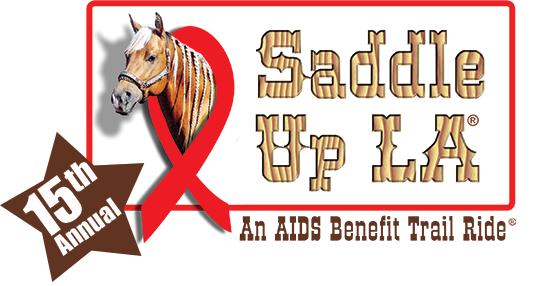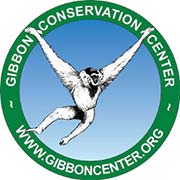Be Prepared
- Long pants, shirt and appropriate shoes should be worn when riding
- Wide based tennis shoes are not appropriate as they may not fit into your stirrups properly making your ride unsafe
- Hat may be worn, please make sure it fits you well and won’t blow off if a wind picks up
- Sun screen
- Water bottle or canteen with strap for saddle horn
- Stay hydrated
HIV+ Riders
- Speak to your doctor beforehand regarding your fitness to ride
- Keep a list of all your medications and doses with you
- Make sure you have your medical providers’ telephone numbers along with your health insurance information
- Sun causes dehydration-drink water and electrolyte replacement fluids!
- Some antibiotics, such as doxycycline and tetracycline, cause sun sensitivities
- Use plenty of sunscreen with SPF even if you’re not taking antibiotics
A Trail Rider’s Code of Ethics
A Good Trail Rider:
- Respects private property
- Respects the rights of other trail users
- Respects the authority of the Trail Boss
- Respect nature and the environment
- Leaves only hoof prints to tell of his passing
- Never abuses his horse
- Respects the wishes and requirements of his host
- Takes good care of his horse at rest stops and at camp
- Rides only on the route identified as the trail
- Never drinks alcohol while mounted
- Always proceeds at a walk when riding in heavily used or congested areas
- Tries to help riders in trouble or riders with less experience than himself
- Avoids showing off
- Has control of his horse at all times
- Is saddled and ready on time
A Trail Rider’s Guide to Environmental Awareness
- Do not litter. What you carried in, you can carry out. And if you have room pick up what others have carelessly left behind.
- Do not smoke while riding. You don’t want to be responsible for a forest fire.
- Carefully ride single file around the edge of any crops or stay on a path. This also applies to lawns while riding in residential areas.
- Stay on the trail path. Deviations from the path lead to unnecessary destruction of vegetation.
- Never allow your horse to damage trees by chewing or pawing, while tied at rest stops.
A Trail Rider’s Guide to Public Awareness
- Be friendly towards other trail users. Stop, speak, answer questions, whatever it takes to present a good image of equestrian trail users.
- Drinking and riding do not mix.
- Have control of your horse at all times. If necessary, dismount and lead your horse through areas of high activity. If you remain mounted, proceed no faster than a walk
A Trail Rider’s Guide to Equine Awareness
- Allow your horse to drink along the trail whenever water is accessible.
- Stallions are the direct responsibility of the rider/owner. Check with the Ride Hosts before bringing a stallion to a ride.
A Trail Rider’s Guide to Safety Awareness
- Tie a red ribbon to your horse’s tail if he is known to be cranky or kick.
- Keep 2 horse lengths between you and the horse ahead. Crowding leads to upset horses and kicking.
- Inform others of your intention to pass. Pass only at a walk and on the left.
- Wear appropriate clothing and footwear. Long pants, shirt with sleeves and boots or shoes with a heel will make your ride safer and more enjoyable. A hat if you choose should fit well and not be easily blown off.
- Don’t pass the Trail Boss without his permission. He is aware of the trail hazards, you are not.
- Never leave the ride without informing the Drag Rider or the Trail Boss. They will decide if the ride should wait for you or continue.
- Inform the Trail Boss if you don’t feel comfortable with any obstacle or pace. You are not obligated to attempt anything you don’t want to such as steep hills, or river crossings. You are responsible for your own safety.



















































